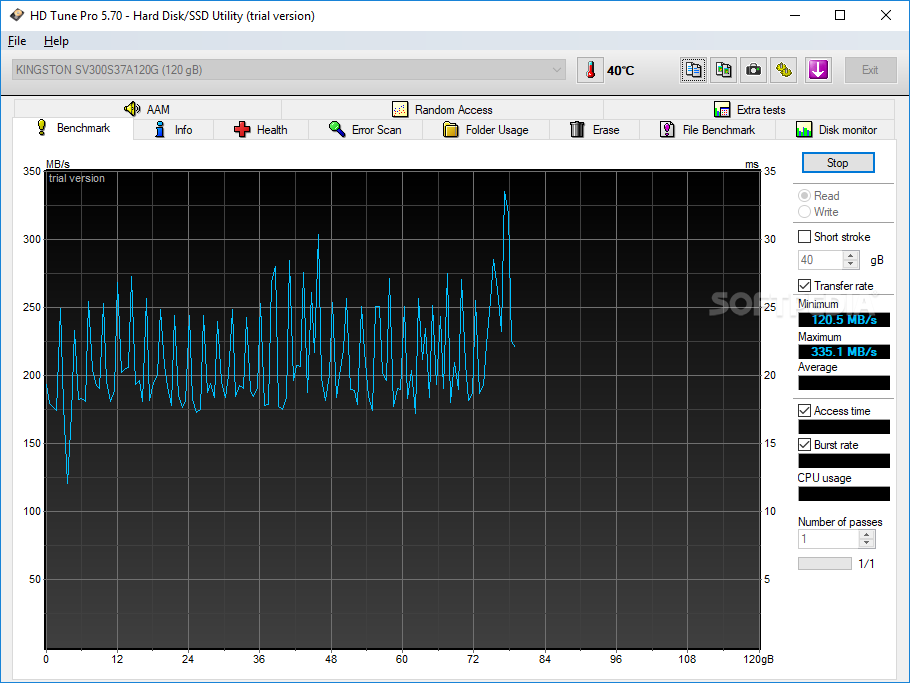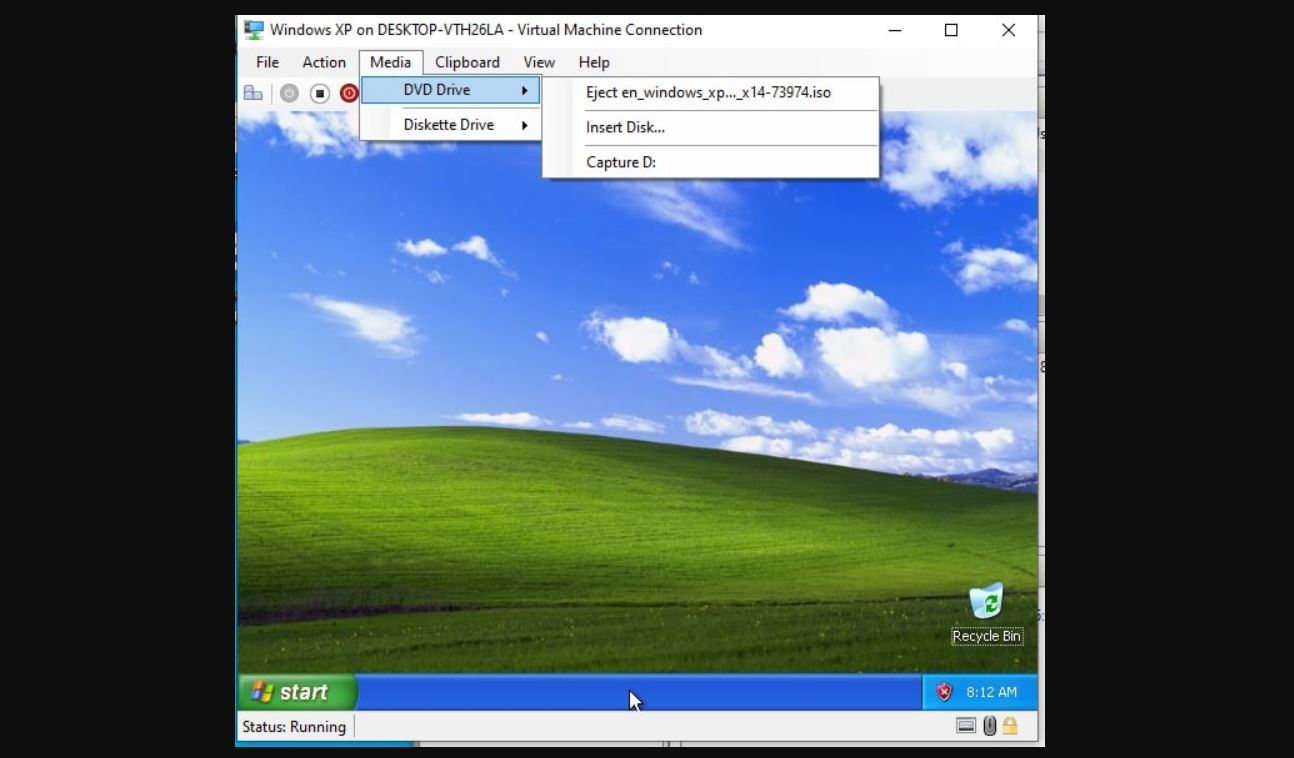
- #Windows xp emulator for windows 10 how to#
- #Windows xp emulator for windows 10 install#
- #Windows xp emulator for windows 10 drivers#
- #Windows xp emulator for windows 10 driver#
#Windows xp emulator for windows 10 how to#
You can still create an XP virtual machine using VMWare Player or VirtualBox, by following this tutorial: " How to test Windows 10, 8, 7, Vista, XP for Free, Legally". Alternatively, if you have an old XP license lying around, you can use it to register this installation.ī) If your Windows 8/8.1 or 10 does not include Hyper-V (test that by doing step 4 below - the Home editions for instance don't include Hyper-V), then you won't be able to do this tutorial. This is definitely not convenient for continuous use but will due just fine for testing old software or malware, for example. After the 30 days run out, you can re-create the virtual machine once again and use it for another 30 days, and so on. It works for Windows 8/8.1 Pro as well.Ī) The resulting virtual machine will run XP non-activated, without a license key, and you can use it for 30 days before it locks down.

#Windows xp emulator for windows 10 install#
If you have an XP Setup ISO or an XP installation disc, creating a virtual machine running XP is much easier, but if you don't, you can follow the tutorial below to install XP Mode under Windows 10.
#Windows xp emulator for windows 10 driver#
What they are saying is a simple basic UI and driver set that is fast, easy and stable.Support for Windows XP has ended, and, although unofficial service packs exist, a better and safer idea would be to run XP as a virtual machine under your current OS if you still need to do some testing under XP. When people say I want Linux” they don’t actually mean the buggy hopelessly arcane OS created by Linus Torvalds. What Microsoft should do is run what their success. Whenever I start drilling down on these processes I can see they are features I never want Cortana, One Note, Xbox Game Bar, Your Phone, Groove Music. For windows 10, there are more than 200 processes and they commonly use 30-50% of your CPU and disk IO. With Windows XP, you could see in the system monitor that about 8 processes were running and they used less than 1% of CPU and disk bandwidth.

Turn off Cortana, which no one uses, and two updates later it is not only back on, but it is sucking up 30% of your CPU making your computer run slowly. Turn off One-Drive, for instance, and you’ll find that two updates later, it is turned on again. It is a costly time-wasting endeavor by Microsoft to try to establish that you somehow NEED to get updates every month for something other than the bug fixes required for the garbage they forced on you the prior month. At least once a week we get a customer who reports their computer was completely bricked by a Windows 10 update. Not only are there filmy and foamy layers, Microsoft is constantly updating it to force features that you do not even want. Windows 10 is a dog! There is no arguing that it is the worst OS experience ever created. No wonder so many people hold on to their old XP computers long after the OS is insecure. Instead of being simpler, they simply make UI controls that are harder to master filmy and foamy layers on top of the simple core that is running the OS.

On the Windows 95 side, Microsoft spent years trying to make PCs user friendly, (Remember Microsoft Bob?) they have always failed in this endeavor. The relatively simple UI was easy to learn and internally consistent.
#Windows xp emulator for windows 10 drivers#
While it encapsulated the beginnings of User Access Control, advanced Network drivers and Plug-and-Play configuration, it never made a show of these features. In retrospect, the key feature of Windows XP is the simplicity. Less attention was spent on UI features and more attention on security and processing. Where Windows 95 was pioneering window transitions and soft look and feel, Windows XP was intended to be a more nuts-and-bolts interface. It was the geeky server version that contrasted with the consumer oriented Windows 95, which transitioned to Windows Vista by 2003. Windows XP was released in 2001 as the successor to Windows NT.


 0 kommentar(er)
0 kommentar(er)
